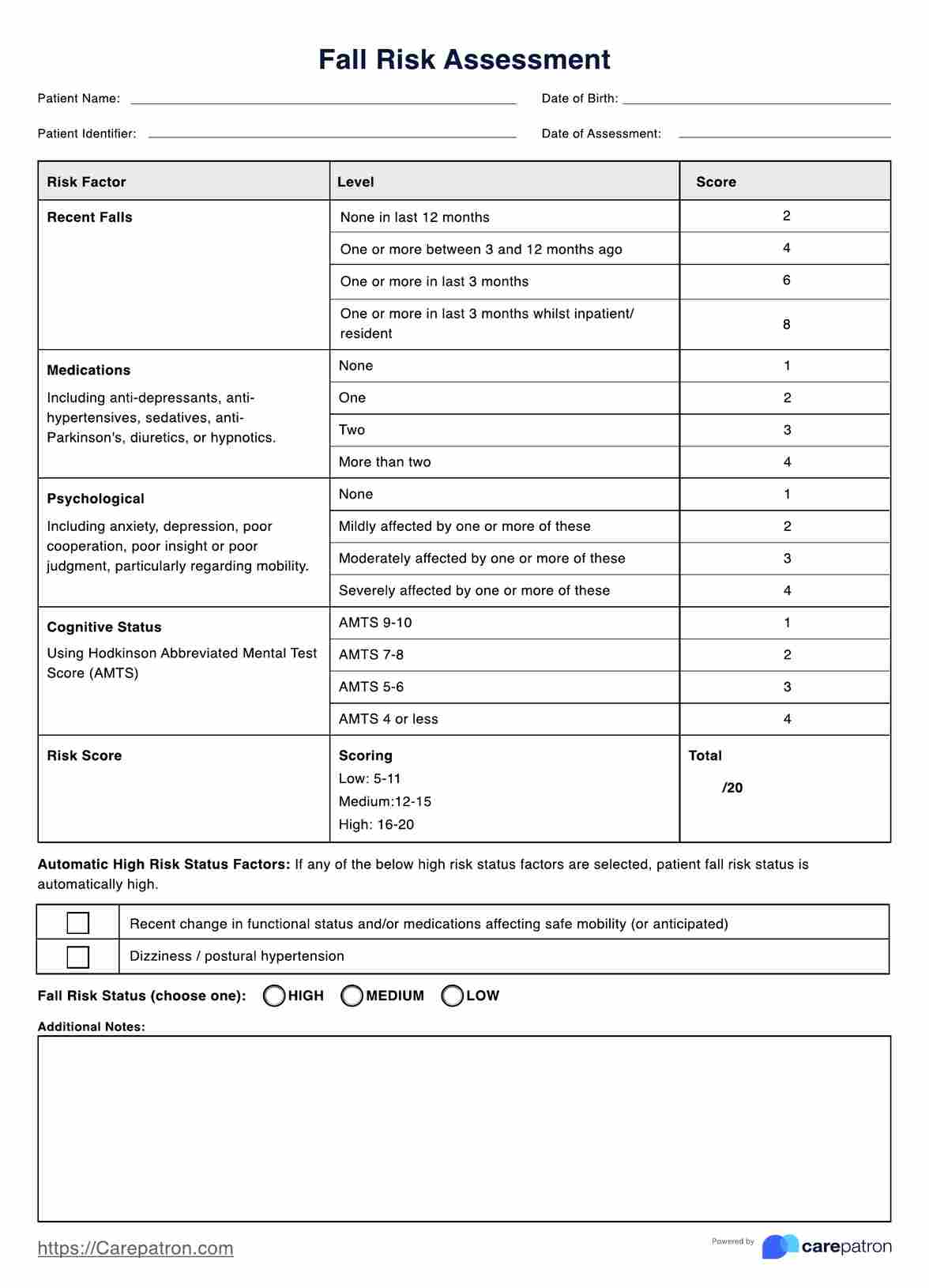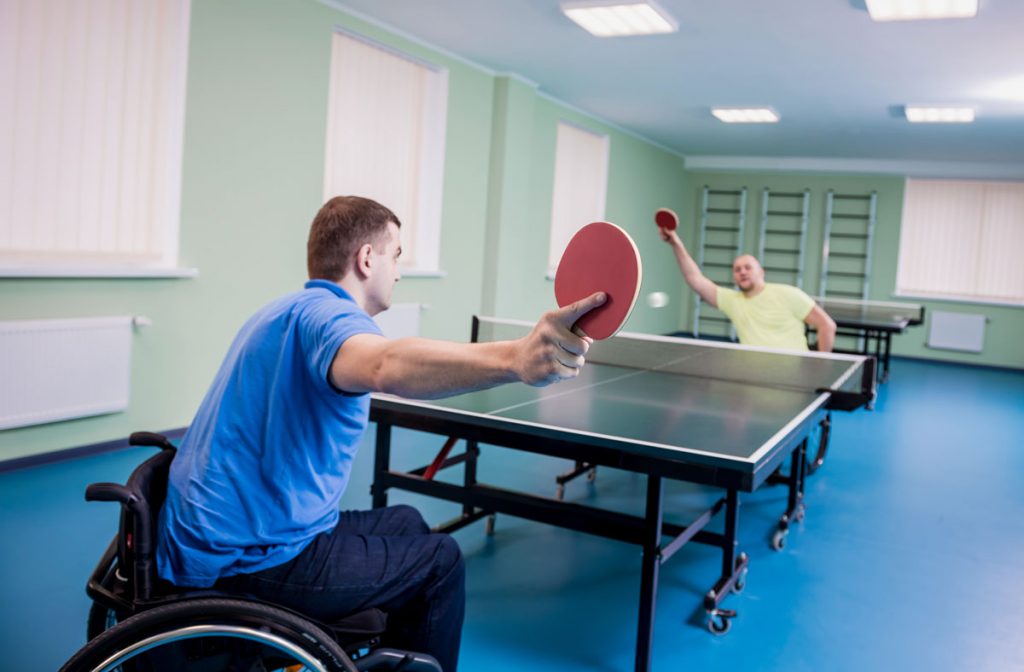The Buzz on Dementia Fall Risk
Table of ContentsThe 4-Minute Rule for Dementia Fall Risk5 Simple Techniques For Dementia Fall RiskGetting The Dementia Fall Risk To WorkSome Known Incorrect Statements About Dementia Fall Risk Getting The Dementia Fall Risk To Work
The FRAT has 3 sections: drop danger status, risk aspect list, and activity plan. A Fall Risk Condition consists of data about background of recent drops, medications, psychological and cognitive condition of the client - Dementia Fall Risk.If the person scores on a danger variable, the corresponding number of points are counted to the person's fall risk score in the box to the much. If an individual's loss threat rating completes 5 or greater, the person is at high danger for drops. If the client scores just four factors or lower, they are still at some risk of falling, and the nurse should use their best clinical evaluation to handle all autumn danger factors as component of a holistic treatment plan.
These common approaches, in basic, assist create a risk-free atmosphere that decreases unintentional falls and delineates core preventive measures for all patients. Indicators are essential for patients in jeopardy for falls. Doctor need to acknowledge that has the condition, for they are liable for carrying out actions to advertise individual security and prevent drops.
The Dementia Fall Risk Statements
Wristbands ought to include the patient's last and first name, date of birth, and NHS number in the UK. Only red color should be used to signify special patient status.
Products that are also far may call for the client to connect or ambulate unnecessarily and can possibly be a risk or add to falls. Aids stop the person from heading out of bed without any aid. Registered nurses reply to fallers' phone call lights faster than they do to lights started by non-fallers.
Visual problems can substantially cause drops. Hip pads, when used correctly, may reduce a hip crack when autumn occurs. Keeping the beds closer to the floor decreases the threat of falls and severe injury. Placing the mattress on the floor significantly minimizes fall threat in some medical care settings. Low beds are designed to lessen the distance a person drops after relocating out of bed.
Getting The Dementia Fall Risk To Work
Patients that are high and with weak leg muscle mass who try to rest on the bed from a standing placement are most likely to drop onto the bed because it's as well reduced for them to lower themselves safely. If a tall individual efforts to get up from a low bed without aid, the patient is likely to fall back down onto the bed or miss out on the bed and fall onto the floor.
They're developed to advertise timely rescue, not to avoid falls from bed. Audible alarm systems can additionally advise the person not to stand up alone. Making use of alarm systems can likewise be a replacement for physical restrictions. Besides bed alarms, boosted guidance address for high-risk people also might aid prevent falls.

Individuals with an evasion stride rise autumn opportunities considerably. To minimize autumn danger, footwear need to be with a little to no heel, slim soles with slip-resistant walk, and support the ankle joints. Advise client to use nonskid socks to prevent the feet from gliding upon standing. Nonetheless, urge clients to use suitable, well-fitting shoesnot nonskid socks for ambulation.
The 2-Minute Rule for Dementia Fall Risk
In a research, homes with sufficient lights report fewer falls (Ramulu et al., 2021). Enhancement in lights at home may reduce fall rates in older adults.

Sitters work for assuring a protected, secured, and safe atmosphere. Nevertheless, research studies showed really low-certainty proof that caretakers lower loss danger in intense treatment health centers and just moderate-certainty that options like video tracking can lower caretaker usage without raising loss risk, suggesting that sitters are not as valuable as at first thought (Greely et al., 2020).
Dementia Fall Risk Fundamentals Explained

Enhanced physical conditioning lowers the risk for drops and limits injury that is endured when my company loss takes place. Land and water-based exercise programs might be similarly advantageous on balance and gait and therefore decrease the threat for drops. Water exercise might add a favorable advantage on equilibrium and gait for females 65 years and older.
Chair Increase Workout is an easy sit-to-stand workout that assists reinforce the muscles in the upper legs and buttocks and enhances mobility and freedom. The goal is to do Chair Surge exercises without using hands as the customer becomes stronger. See resources area for a detailed instruction on just how to execute Chair Increase workout.